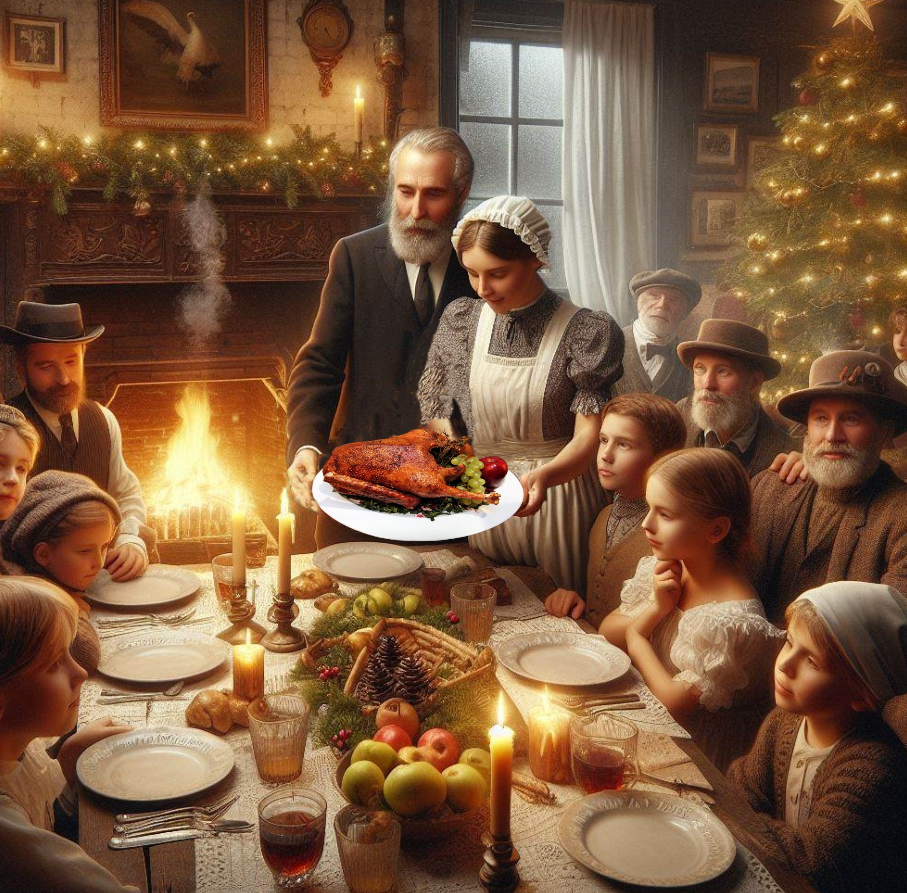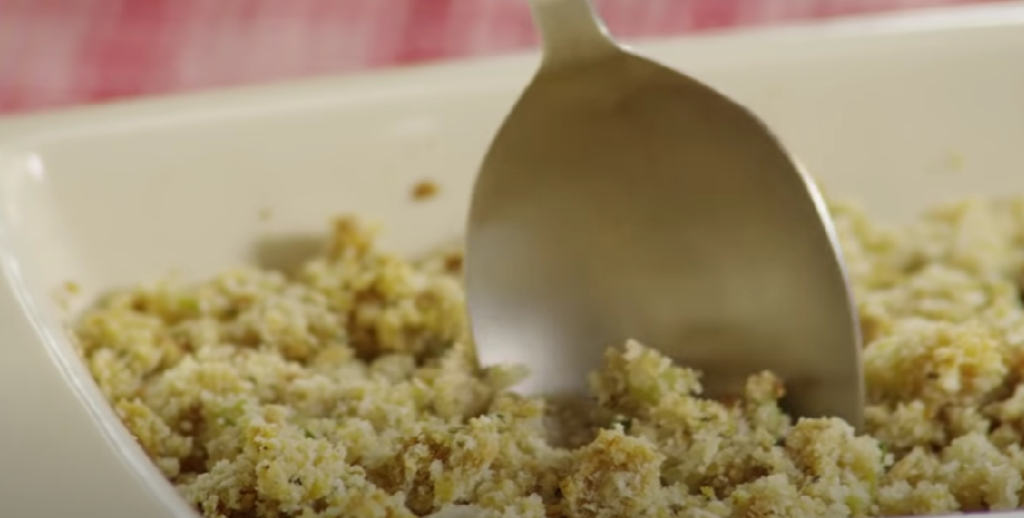A Taste of History: Unveiling the Origins of German Sweet Dressing
Nestled amidst the charming farmlands of northern Germany, in the region of Schleswig-Holstein, lies a culinary gem that has transcended generations and continents – the delectable German Sweet Dressing.
This unique stuffing, brimming with local ingredients and a rich heritage, has become a beloved tradition, gracing Christmas tables and Thanksgiving feasts alike.

Rooted in Frugal Innovation
The origins of the original German Sweet Dressing holiday recipes that often remind everyone of a bread pudding-type texture and raisins, but made from apples and raisins can be traced back to the resourceful spirit of German farmers, who sought to utilize simple yet flavorful ingredients to create a hearty stuffing for their Christmas goose.
Bread, butter, apples, raisins, molasses, honey, or sugar – these humble staples formed the foundation of this culinary masterpiece.
Driven by necessity and a touch of culinary creativity, these farmers transformed readily available ingredients into a symphony of flavors. The sweetness of honey or molasses balanced the tang of apples and raisins, while the richness of butter complemented the earthiness of bread.

